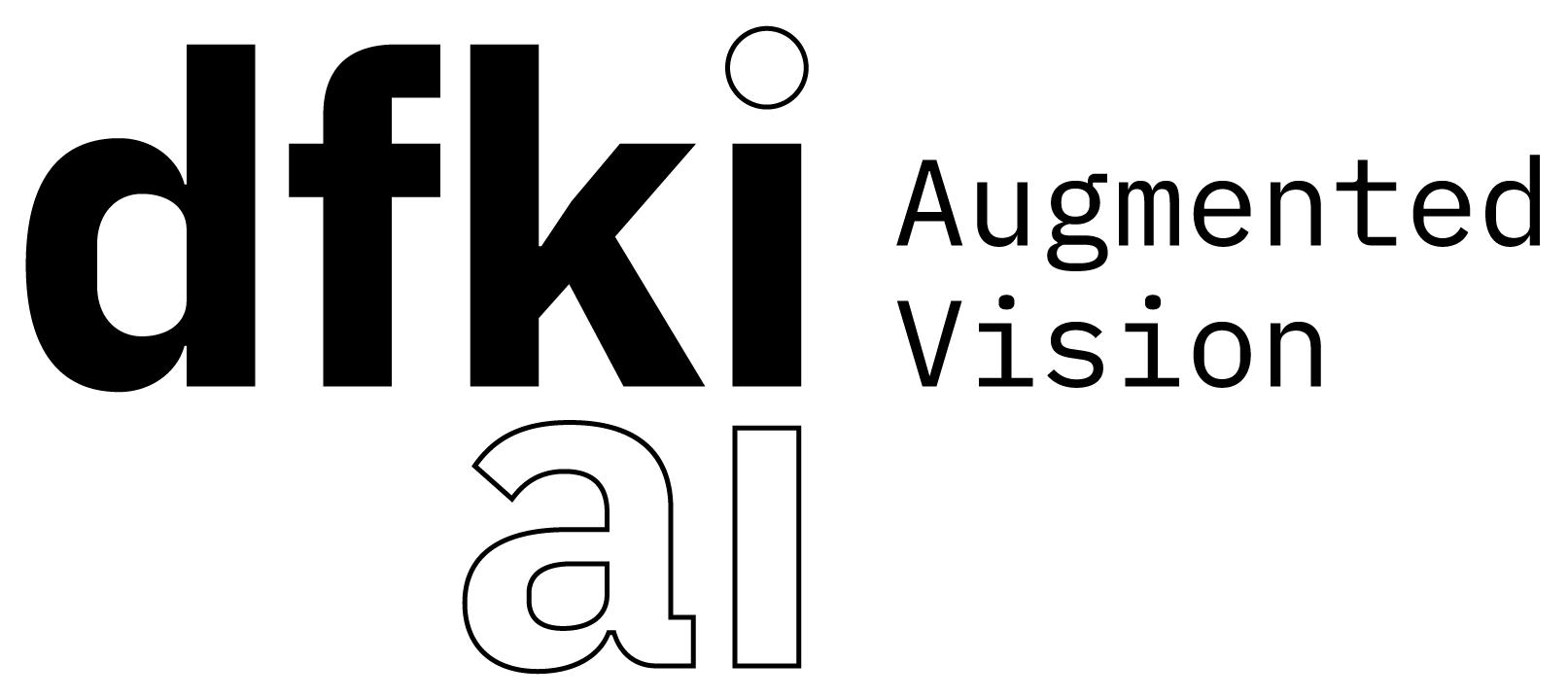A user supported object tracking framework for interactive video production
A user supported object tracking framework for interactive video production
k.A.; : Journal of Virtual Reality and Broadcasting
- Abstract:
- We present a user supported tracking framework that combines automatic tracking with extended user input to create error free tracking results that are suitable for interactive video production. The goal of our approach is to keep the necessary user input as small as possible. In our framework, the user can select between different tracking algorithms - existing ones and new ones that are described in this paper. Furthermore, the user can automatically fuse the results of different tracking algorithms with our robust fusion approach. The tracked object can be marked in more than one frame, which can significantly improve the tracking result. After tracking, the user can validate the results in an easy way, thanks to the support of a powerful interpolation technique. The tracking results are iteratively improved until the complete track has been found. After the iterative editing process the tracking result of each object is stored in an interactive video file that can be loaded by our player for interactive videos.
